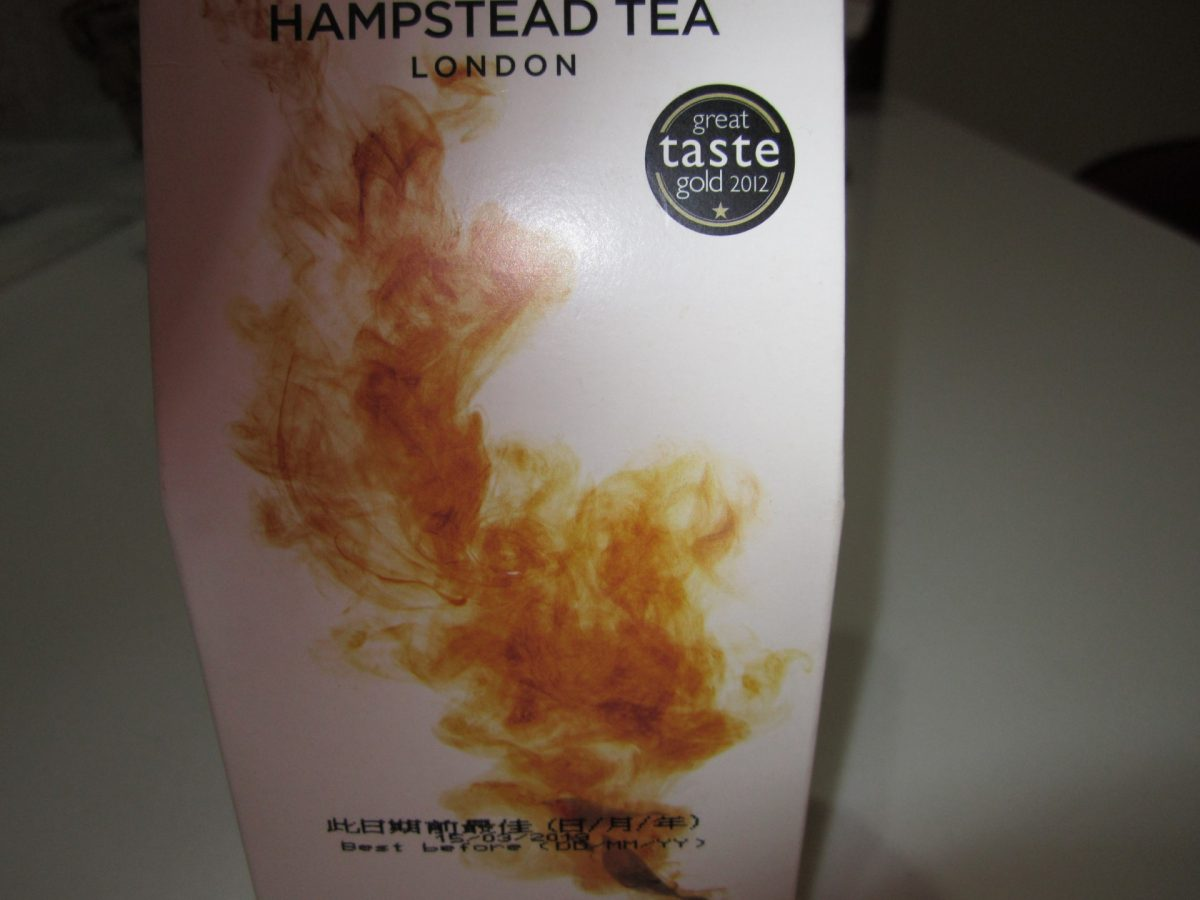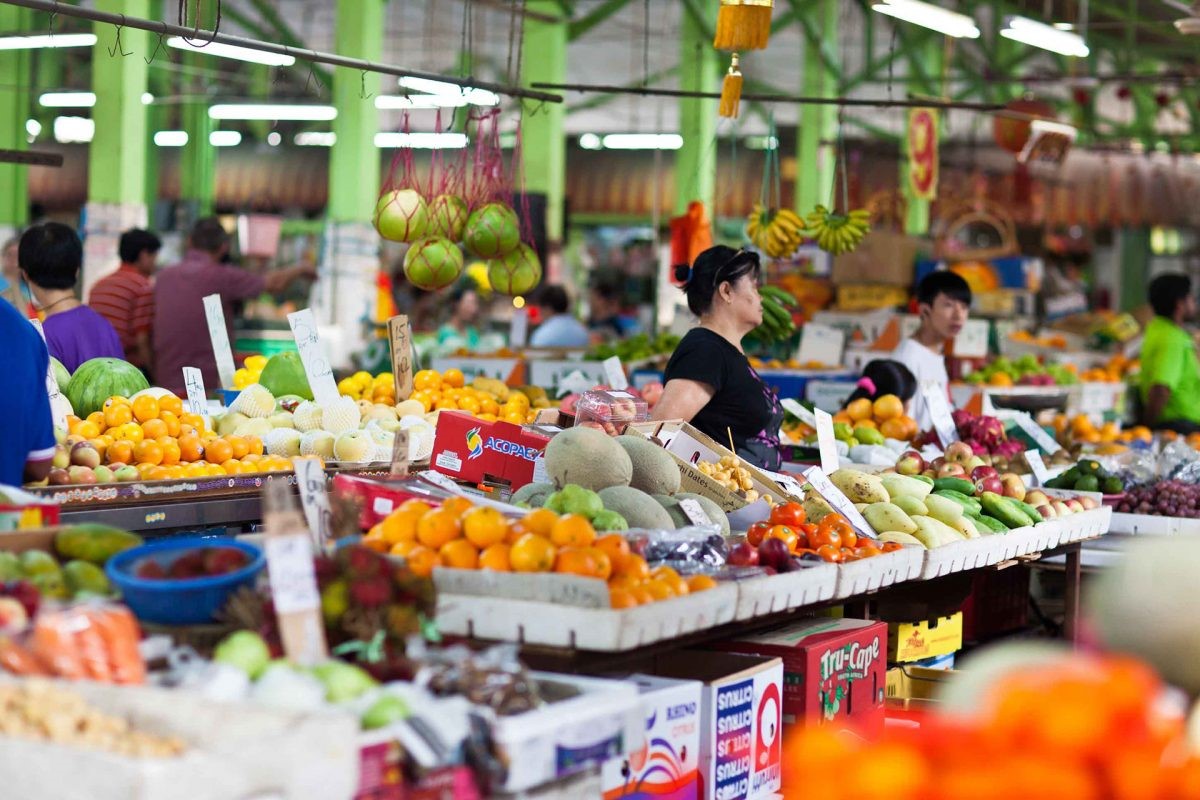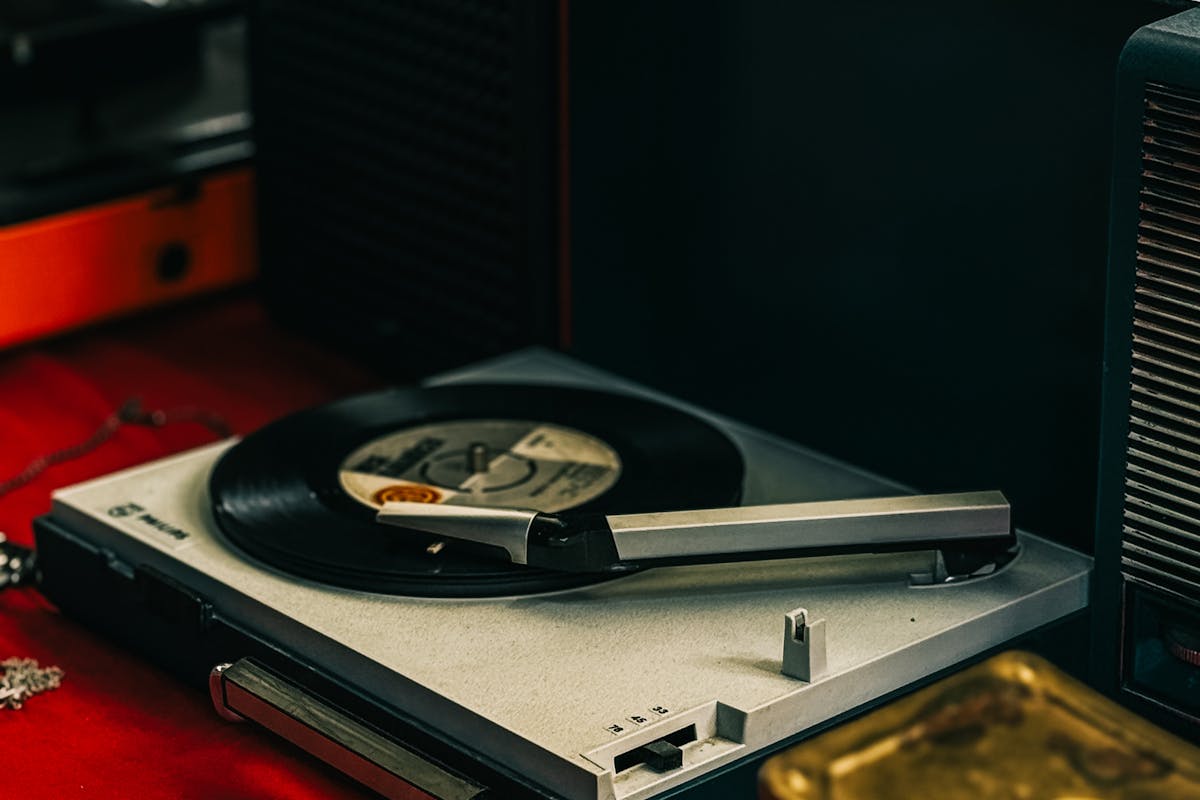Taking a leaf out of someone's (tea) book (PART I)
I have never paid much attention to tea… until I found this particular box of organic earl grey from the grocer in a mall nearby where I live. It comes in loose leaf form, which could partly explain the level of fragrance and authenticity of the tea. Separately, on my trip to Taiwan this year, my family and I wanted to get oolong tea after I tried some out of a teabag at our hotel and discovered it was not bitter. Our private tour guide brought us to a tea shop, where a lady attempted her best to explain the different grades of tea leaves in a mix of Hokkien and Mandarin (My mum and I have a certain level of fluency in the former). She also explained that certain tea types are gentler on the stomach. She then let us sample some so that we would be better able to decide which ones to bring home. As a result, I was led to explore tea and the tea culture in Malaysia. I managed to connect with a local online retailer of tea through a friend, who is a tea lover.
How did you notice there was a demand for loose leaf teas?
Our journey started from the UK, where one of our founders used to live for a few years. There, everyone embraced the concept of loose leaf tea and most would enjoy their cuppa without sugar. Blended loose leaf tea tend to give a fuller bodied taste with more enjoyable natural flavours – all in making a healthier cuppa. Upon returning to Malaysia, we saw there was a gap in understanding about the advantages that loose leaf tea has to offer, from business operators all the way to customers. For example, commonly, Malaysians refer to “strong tea” when a cup is concentrated or “kaw” when in actual fact, a well-brewed cup of English Breakfast Tea, for example, should be smooth without sugar and not leaving you needing another cup of plain water to wash it down. After all, tea is a cup of infused water, isn’t it? We also started to see the need to distinguish between pricing premiums that are a result of branding versus quality. Most consumers would tell us they expect tea to be cheap because it’s just tea. Several would understand that lower-priced tea dusts and the premium whole loose leaves are essentially two different products altogether. We anchor on making our customers understand different tea profiles – that’s what shaped our business model and also workshops today.
What are some of your offerings? I have looked through your website but could you explain a bit more?
We focus on offering blended whole leaf teas which are best enjoyed loose. We emphasize on offering premium quality at affordable pricing by incurring costs only where it is necessary. By customer profile, our focus is on business-to-business (B2B), whereby we supply to cafes and restaurants around Malaysia, from Penang all the way to Kuching. Meanwhile, our retail customers can place their orders on our website or via WhatsApp – we have delivered orders all around the globe too, from Japan all the way to Ohio, USA. We are a small team but we sure do serve with attention, care and love to your business and tea-drinking lifestyle.
Where are your loose leaf teas from?
They are from plantations from all around the globe, including China, India and South Africa.
How much/how often do your customers purchase from you?
We largely supply to cafes and restaurants. It’s good to see their customers ordering more each day!
What sort of workshops do you conduct?
For consumers, sometimes we have a series of consumer tea-tasting workshops or tea-brewing workshops held at certain times of the year. For example, we have held a consumer tea-tasting workshop in collaboration with Barista Guild Asia. It was about a three-hour workshop where the participants had the experience of tasting almost 10 different teas, understanding the different ingredients and subsequently identifying the different taste profiles each blend carried. The goal was that by the end of the class, each participant should be able to pick up a bag of tea (loose or teabags) from the store and quickly understand what each tea would offer and whether or not the price would match the quality by just reading the label (because commonly, it’s not like you can brew your tea before purchasing). Hopefully, a cuppa that you make at home would then match your expectations. There’s nothing wrong with buying cheap or expensive tea. It’s all up to your budget and your preferences. What’s important is for consumers to understand what they are paying for.
How is your tea-making equipment/teaware different from the rest?
We do not make our own tea-making equipment. Our offerings on the website and our pop-up stores are carefully selected to match the consumers’ tea-making experience. To encourage more people to drink loose leaf tea, we understand that some enjoy the full brewing experience while some really just need a quick convenient way of brewing. If you meet us during one of our roadshows/popup stores, I would say what’s different is we will make the effort to let you understand which teaware will best suit your lifestyle. There’s no point of you buying a teaware, only to keep it in the cupboard for the next two years ????.
Anything else you’d like to say about the tea-drinking culture in Malaysia?
There’s a lot to say, really. But primarily, tea drinkers appear segmented within three main categories: the enthusiasts/connoisseurs, the tea-lovers and the “Teh Tarik/Teh O Ais Gang”. The enthusiasts tend to know a lot about teas from different categories and tend to understand the reason behind different price points of different products. The tea lovers are those who love drinking all kinds of teas. They do not necessarily know the science behind tea but they do appreciate different taste profiles in each of their cup of tea. The last gang, is the Malaysia Truly Asia gang and is the most common amongst us all. Who doesn’t like a cup of teh tarik? But hey, the sugar in it though…
There’s still room for more people to embrace the different types/sides of tea. We are encouraged that many that we have met throughout our journey have been giving positive responses when it comes to consuming tea wisely.
Now it’s time for a cuppa freshly brewed tea.









Showing 0 comments